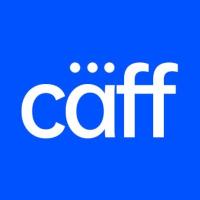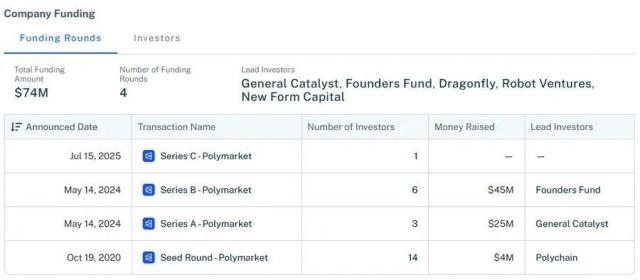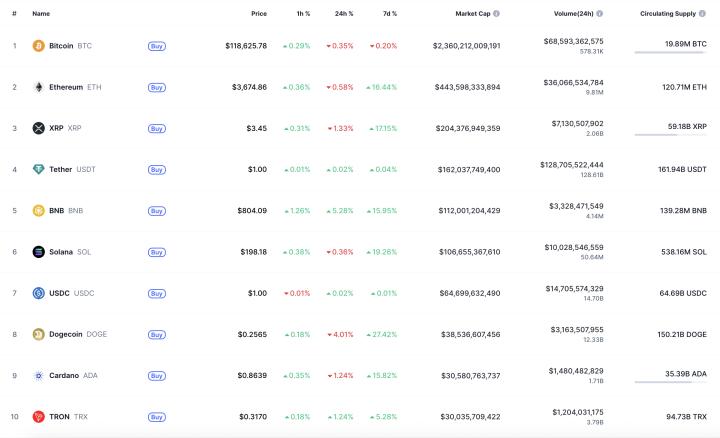When the "modular paradigm" sweeps through the L1 blockchain narrative, another nearly overlooked variable is quietly gathering momentum: Move, the smart contract programming language originating from Meta (formerly Facebook). Once the legacy of Libra, it has now taken two distinctly different technical paths in the hands of Aptos and Sui - one oriented towards real-world financial and payment compliance, and the other exploring the future of complex object and on-chain interaction paradigms.
Aptos and Sui, these "twin stars" of the Move system, not only continue Move's advantages in resource security and modular expression but also present a final strategic game of technological architecture through their fundamental differences in "pipeline-style parallelism" and "object model-driven" approaches.
This report will comprehensively deconstruct the similarities and challenges of these "twin stars" from multiple dimensions, including their origin genes, programming language evolution, parallel execution paradigms, ecosystem construction logic, typical application scenarios, and long-term development value, attempting to answer a key question: Who is the true destination of Move?
Author:Jesse, Web3Caff Research Researcher
Cover: Photo by Milad Fakurian on Unsplash
Word Count: Total of 22,800+ words
Table of Contents
- Introduction: Why Focus on Move & Twin Chains?
- Origin and Technical Advantages of Move Language
- Legacy of Facebook / Diem Era
- Technical Advantages in Security, Resource Model, and Modularity
- Sui
- Technical Architecture and Characteristics
- "Object-First" On-Chain State Expression
- Flexible Consensus Mechanism and Mysticeti Innovation
- From Initiation to Confirmation: Sui's Complete Transaction Lifecycle
- Sui's Development Roadmap
- Performance Data and Future Development Path
- Ecological Focus Points (Non-Fungible Token, Games, Wallet)
- Co-Learning: Lowering Barriers, Focusing on User-Friendliness
- Co-Building: Developer Infrastructure Improvement, Diverse Incentive Mechanisms
- Co-Connecting: Global Community Connection, Three Ecological Domains
- Technical Architecture and Characteristics
- Aptos
- Technical Architecture and Characteristics
- Aptos' Development Roadmap
- Performance Data and Future Development Path
- Ecological Focus Points (DeFi, Infrastructure, Developer Community)
- Transformation Moment: From High Incentive Dilemma to Governance Reflection
- LFM: TGE Growth Engine Specifically Designed for Aptos Projects
- Comparative Analysis: Sui vs Aptos
- Architectural Design
- Chain Development Direction: Gap Between Interactive Prosperity and Income Self-Sufficiency
- Market Strategies and Ecological Priorities
- Future of Move Language and Twin Public Chains
- Which Path is More Viable?
- Will Move Replicate Solidity's Success?
- Who Will Capture the Killer Scenario First?
- Summary
- Key Point Structure Diagram
- References
Introduction: Why Focus on Move & Twin Chains?
As a smart contract language born for assets, Move represents a systematic reconstruction of traditional contract paradigms: centered on resources, built on security, and breaking through with parallelism. In the second half of blockchain infrastructure focusing on "usability" and "scalability", Move is viewed as the core language with the most potential to capture the next phase of developer dividends.
Aptos and Sui are currently the most representative public chains that deeply embed the Move programming language into their underlying execution architecture. They not only inherit the core legacy of Meta's technological system but also diverge in architectural concepts and ecosystem strategies, forging two distinctly different technological paths.
If Move is the origin of this paradigm revolution, then the divergence of Aptos and Sui is the starting point for understanding this "technological competition" and "narrative divide".
Origin and Technical Advantages of Move Language
Legacy of Facebook / Diem Era
The Move language was born from the Diem blockchain project incubated internally at Meta (formerly Facebook), initially aimed at serving the infrastructure for a global payment system. In Diem's vision, asset ownership, transfer, and security were the system's core, but traditional programming languages (such as Solidity, JavaScript, or C++) were inadequate for financial-grade on-chain asset operations due to limitations in permission control, resource management, and concurrent execution. Therefore, the team designed a brand-new smart contract language specifically for assets based on Rust's static typing and ownership model: Move.
Unlike mainstream smart contract languages, Move is not centered on "function calls and data modifications", but fundamentally abstracts around the "secure circulation of assets". This concept influenced almost all of its underlying design logic and is the reason for its popularity on subsequent chains like Aptos and Sui. In Move, on-chain assets are called "Resources" with the following notable characteristics:







